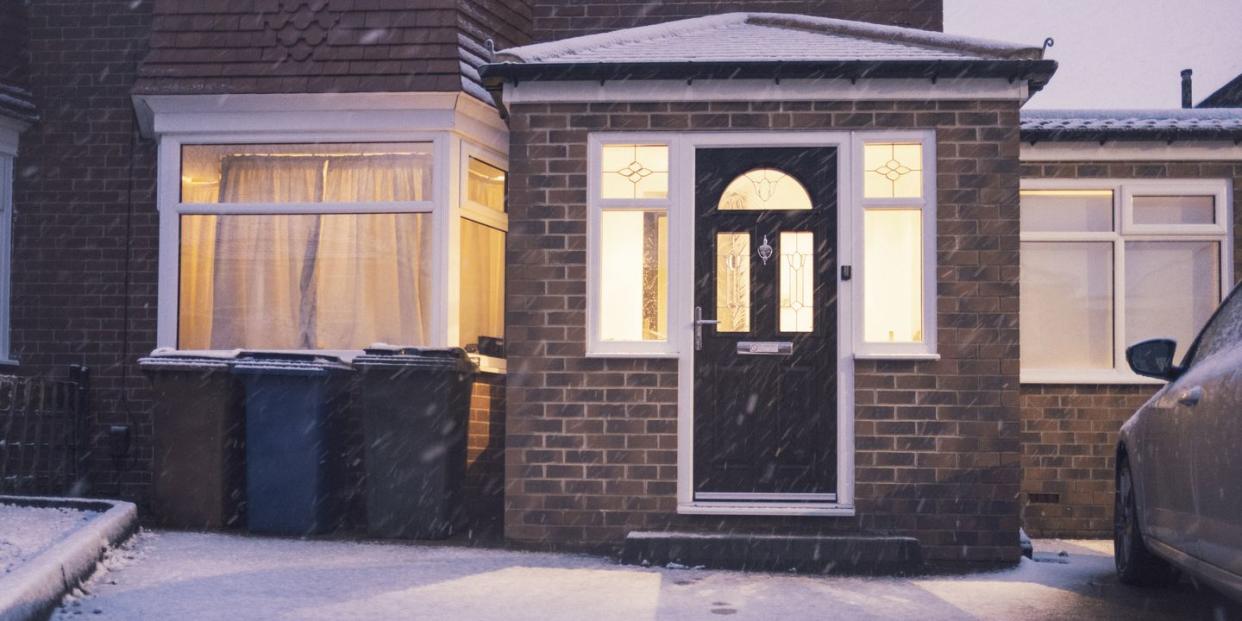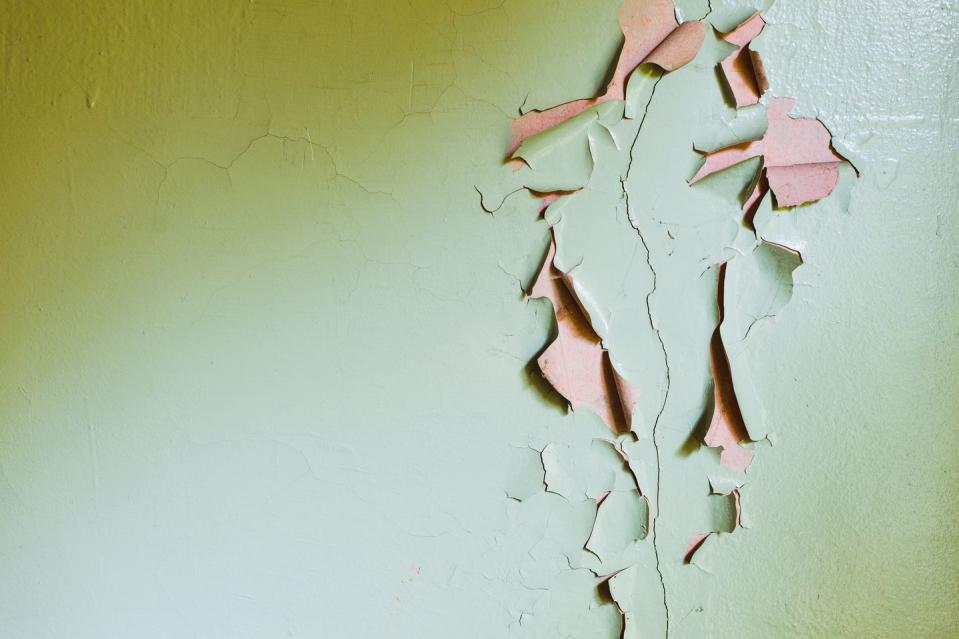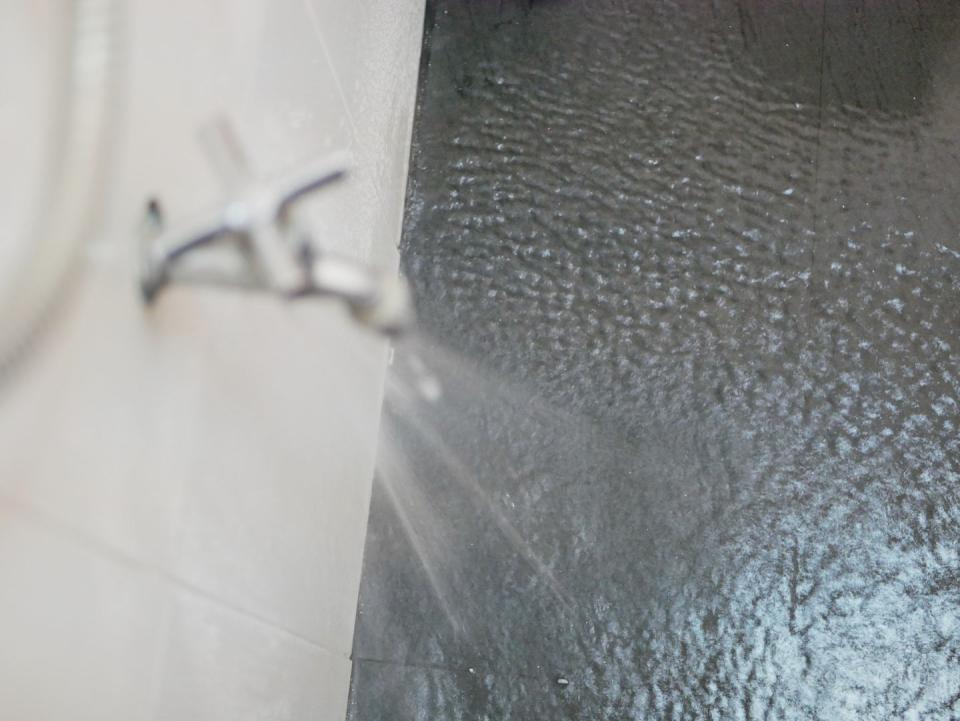73% experience this common household issue during winter

As winter approaches, temperatures drop, the central heating gets turned on and, more likely than not, we have to fix at least one unexpected fault or breakdown in the home.
So when it comes to the interior and exterior, which issues are most common during the colder months? A new survey conducted by HeatingForce has determined which money-consuming problems occur most frequently in the home and, rather importantly, how to prevent these common problems from recurring this winter.
1. Peeling Paint - 73 per cent
Topping the list is peeling paint. Once paint has cracked or peeled, it’s only a matter of time before moisture will appear and begin to cause damage to your home.
To help prevent it, HeatingForce explain: 'Proper insulation, moisture barriers and sufficient ventilation will help to prevent peeling paint. To reduce condensation on paint, try installing a solid 6 mil polyethylene vapour barrier as well as properly venting rooms in the house such as the kitchen and bathroom. Many paint manufacturers offer special paints that are formulated for cold weather. A paint that's designed for lower curing temperatures is more reliable than standard paints as they are mixed with additives for freeze-resistance or thinned for easier application, so it may be worth considering this for future housework.'

2. Drafts and air leaks - 67 per cent
Most of the time, draft and air leaks are caused by a lack of good quality insulation, but spotting this sooner rather than later can save you time and money.
To help prevent it, HeatingForce explain: 'Conduct your very own household energy audit by paying special attention to drafts around window seals, doors or attic. Sealing your leaks with spray foam, caulk or weather stripping can help with preventing this issue and in return reduce your utility bill. Check your HVAC filters and change them if needed, also look at your electrical outlets and switches on your home's exterior. Adding more insulation and installing a foam pad can also massively help.'
3. Mould - 56 per cent
Winter creates the ideal environment for mould to grow in the home, which is caused by excess moisture.
To help prevent it, HeatingForce explain: 'Controlling moisture is the key to controlling mould, so make sure there is good air circulation in your home. Use an exhaust fan or open a window when showering, cooking, and washing the dishes. Act quickly if you see condensation on windows, pipes, or walls inside a building. Dry out the area and determine if the source of condensation is from a leak or the result of high humidity.'

4. Boiler Breakdown - 49 per cent
A boiler breakdown is common during the colder months – causes include a boiler losing pressure, a leak in the system’s pipes, or the pilot light going out.
To help prevent it, HeatingForce explain: 'Get your boiler serviced annually. If your boiler has a pressure system check it regularly and if required, adjust it to match the manual recommendations. Testing your central heating timer can also help to prevent future problems, as can inspecting your boiler for any signs of leaks or damage.'
5. Burst Pipes - 42 per cent
Burst pipes are not ideal during the winter, but they're certainly commonplace. When the temperature drops, pipes become more exposed and are at greater risk of freezing. If the water freezes in the pipes it can cause them to burst.
To help prevent it, HeatingForce explain: 'Sealing off and insulating areas in your home that are prone to draft is an easy first step. Doing this helps to keep the pipes warm and allows for regular water flow to be maintained. Minimise any droughts coming from outside and close all doors and windows to parts of your house that remain unheated. Fixing dripping taps can also play a massive part in preventing burst pipes, even the smallest trickle can result in a frozen pipe.'

6. Gutter Problems - 37 per cent
Gutter problems can happen any time of the year, but it's most prevalent in winter. From ice dams to icicles and clogs in the downspout, there are many causes – but it can be prevented.
To help prevent it, HeatingForce explain: 'Clear your downspouts, troughs and rain chains before winter hits. Clearing these items from debris means water can flow through without any blockage. Another way to help prevent it is by installing heating devices in the gutter troughs which will help to prevent ice dams from forming in the gutter.'
Like this article? Sign up to our newsletter to get more articles like this delivered straight to your inbox.
Subscribe to House Beautiful magazine today and get 6 issues for just £15, delivered directly to your door every month.
You Might Also Like



